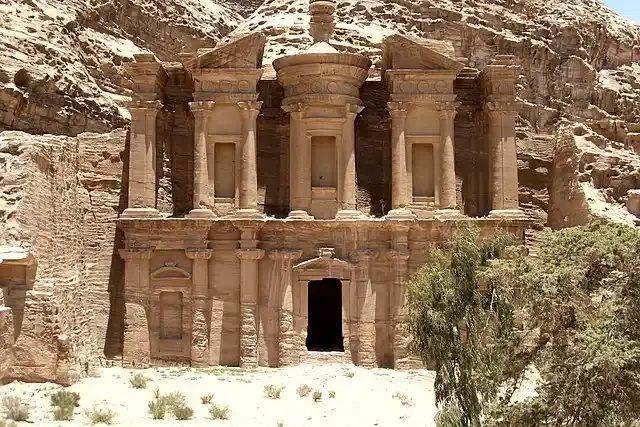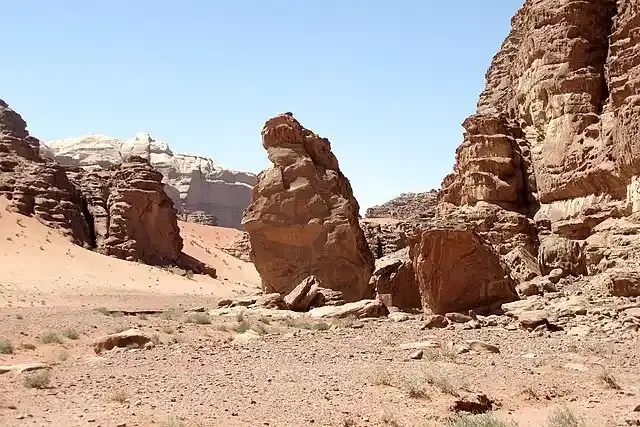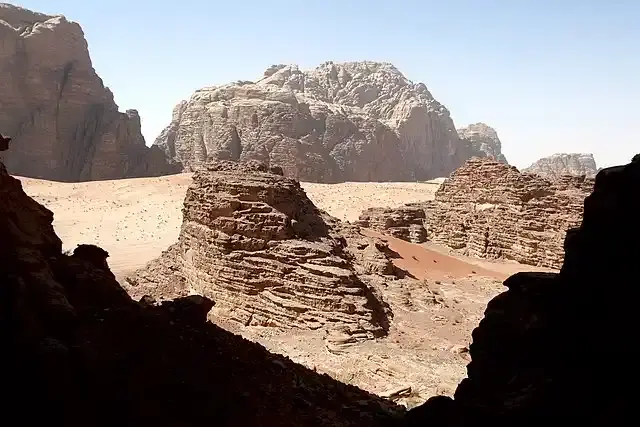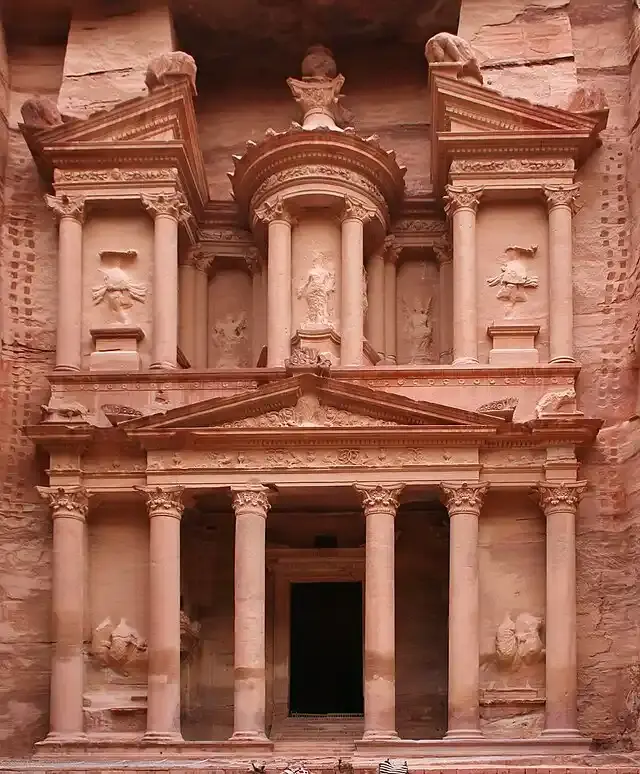The Jordanian castle of Harrana. The most famous military castle in the Umayyad dynasty
The beauty and charm of Jordan

The Hashemite Kingdom of Jordan, one of the most beautiful and famous Arab countries in the uniqueness of its buildings and the splendor of its climate and landscapes, it has impressive historical cultural attractions that feel breathtaking such as the city of Petra and has beach tourist places in the Dead Sea and its tourist and therapeutic resorts, the deserts of rum, desert life experiences, camping, safari, and even more cultural and historical tourism in the area of the shrine of the people of the cave.
Show key points
- Jordan stands out in the Arab world for its stunning architecture, diverse climates, and breathtaking natural sights like Petra and the Dead Sea.
- The focus of the article is on Harrana Castle, a historic Umayyad site located near Amman in the Harrana region.
- Constructed in 710 AD under Caliph Al-Walid bin Abdul Malik, Harrana Palace is over 1,300 years old and remains remarkably well-preserved.
- ADVERTISEMENT
- Built from flint and mud brick stones, the castle has a square layout with four guard towers, illustrating its original defensive purpose.
- Inside the castle, 65 uniquely decorated rooms showcase a fusion of Islamic, Greek, and Byzantine artistic influences.
- Architectural features like semicircular arches and well-designed staircases reflect the high level of Umayyad engineering and aesthetics.
- Recently added to the UNESCO Human Heritage List, Harrana Castle is now undergoing restoration, attracting more tourists each year.
But the focus of this article revolves around only one of the historical shrines of the Hashemite Kingdom of Jordan that has survived and survived since the Umayyad period, that of the Durra, the castle of Harraneh.
Recommend
Harrana Castle

The great Umayyad Castle is located in the Jordanian capital, "Amman", specifically in the Harrana area, amid valleys and mountains, and this is why it is called by this name, and the Harrana Palace was built of stones called flint stones, and there are also called free stones, which are part of the label in turn.
The palace, which was built in 710 AD corresponding to the year 92 AH during the reign of the Umayyad Caliph "Al-Walid bin Abdul Malik", meaning that it exists for more than one thousand and three hundred years, and it is still standing and in its best view every day over those decades and long centuries to this day.
Harrana Palace is characterized by being located in the desert near the Jordanian capital, Amman, which makes it easy to access, and the fees and taxes imposed by the concerned authorities in Jordan are low, making access to it the first choice for every adventurer who wants to combine culture and adventure in his visit to Jordan.
Design of Harrana Palace

The castle has a square design with four corners at equal distances of about 35 meters and is built of a mixture of sand, clay and even mud brick stones, Harrana Castle is the only Umayyad military castle in Jordan and was built with the aim of protecting the area from potential dangers before entering the heart and center of the country.
In each of the four corners of the castle there is a guard tower with a semicircular shape that contains a number of openings of different sizes from which archers and knights appear to defend the castle before the danger even reaches it.
The interior of the palace contains 65 rooms, each of which has a distinctive shape and décor from the rest of the rooms in the castle in a wonderful combination of Islamic, Greek and even Byzantine motifs, which indicates the ingenuity and creativity of the Umayyad artists who worked to show the castle with this dazzling appearance. The dazzling in the Harrana Palace does not stop there, but appears again and to a greater extent in the regularity of the peace and the stairs that connect the upper and lower parts and the floors between them in the castle due to the ingenuity of engineering and the aesthetic display of some heritage pieces and valuable jewelry on both sides of it. The citadel, although it is a military building, does not lack the aesthetics and wonderful and dazzling decorations influenced by Levantine architecture in that era, when there were many semicircular arches, which are clearly visible in many parts inside the palace.
History of Harrana Castle

Al-Harrana Castle was established during the reign of the Umayyad Caliph Al-Walid bin Abdul Malik, the sixth caliph of the Umayyad dynasty, as mentioned above, in the sixth year of his reign, which lasted ten years, and his name and the year of foundation were immortalized on the castle in Kufic script on one of the doors of the rooms on the second floor inside the castle.
It was recently attached to the UNESCO Human Heritage List, and this made the plans based on its restoration and improvement enter the implementation process more easily and thanks to the efforts of the Jordanian Department of Antiquities, and this will be a direct reason for the increase in the number of annual visitors to the castle to see the castle of Harrana and the Umayyad military architecture in its best form.








